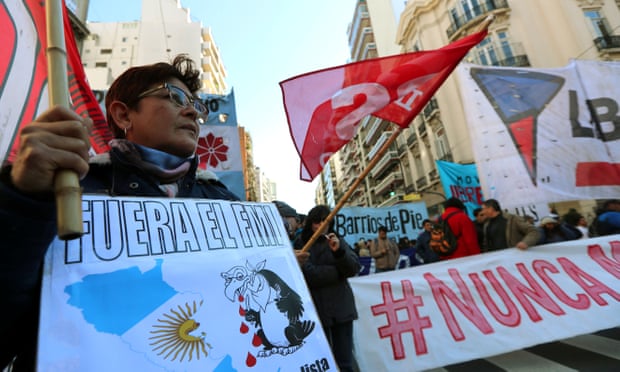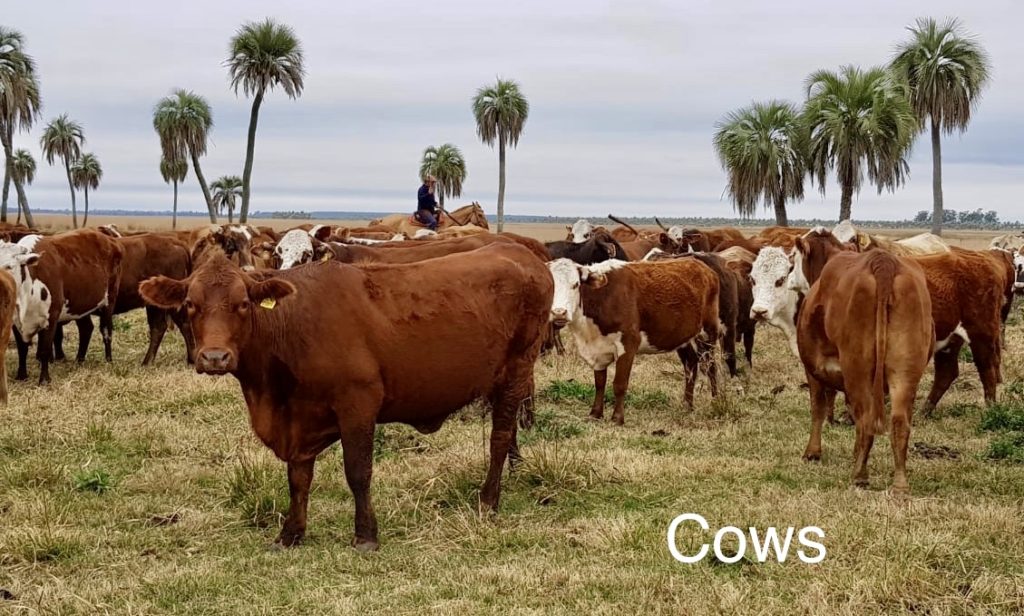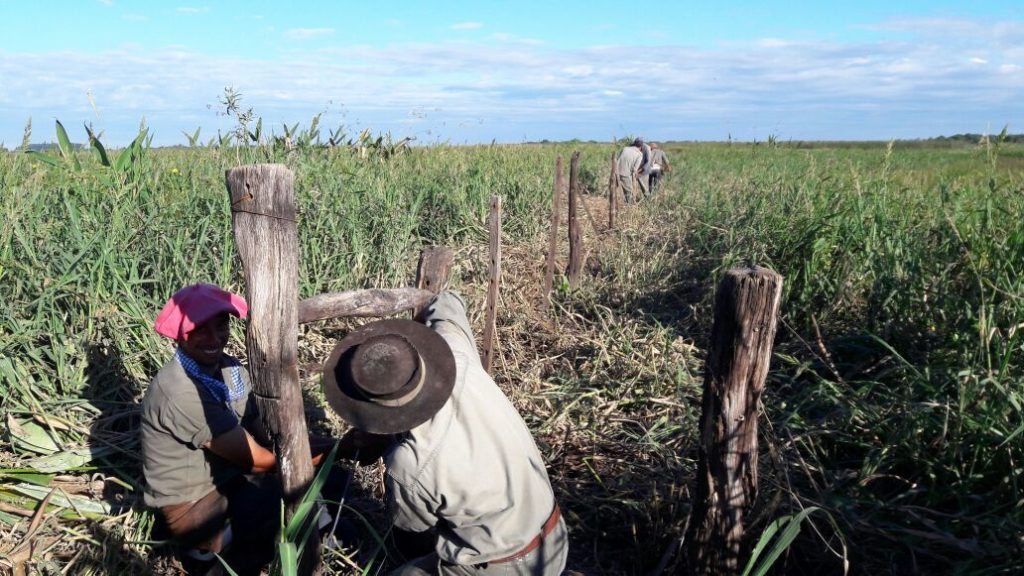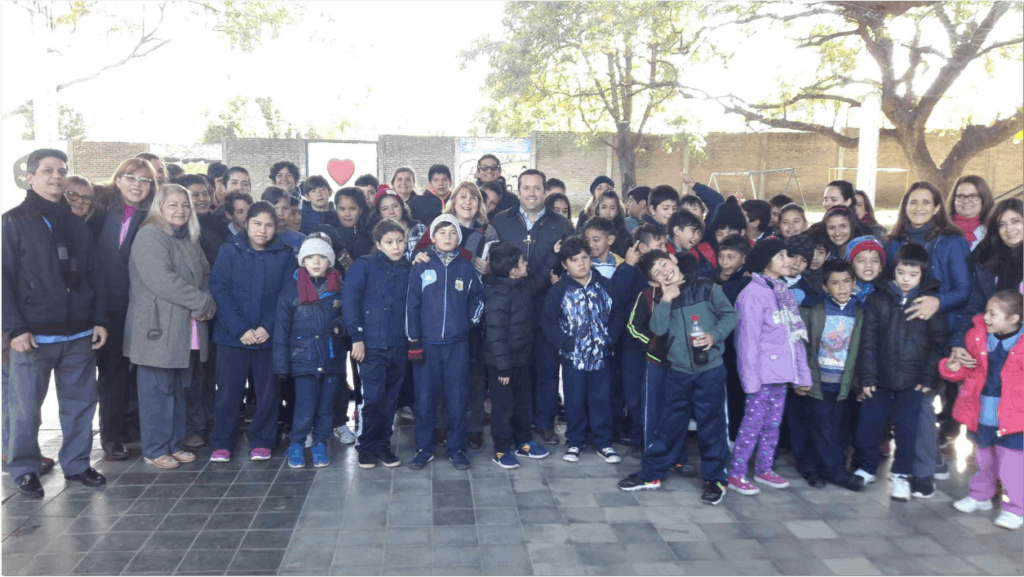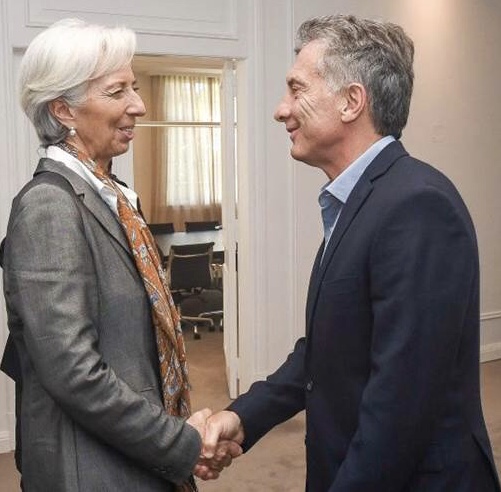Situation/weather: The farm is in good shape, recovering from the intense drought all the region faced earlier this year (particularly intensive in Salta region from December to January where generally rainfall occur and boost pastures).
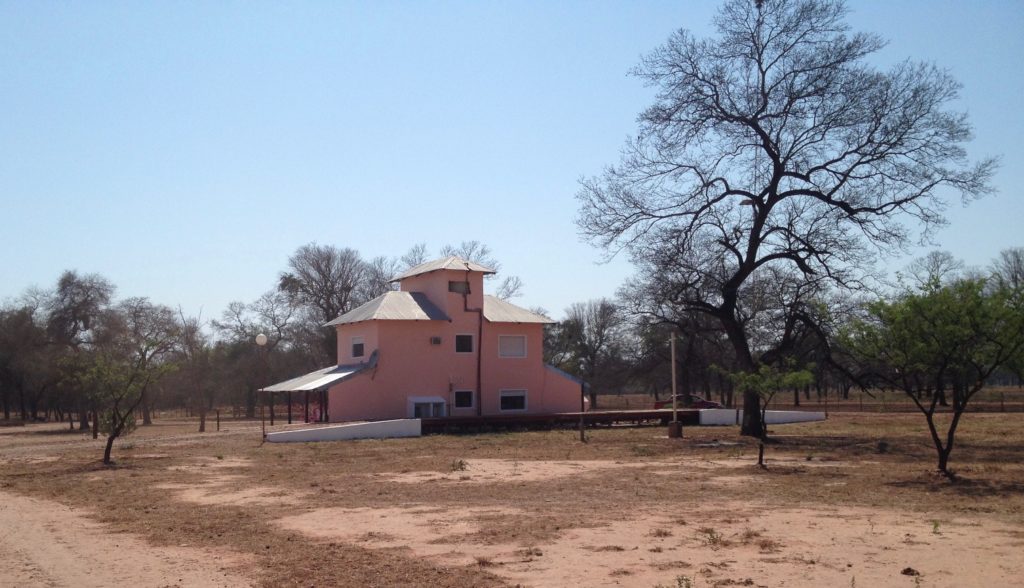
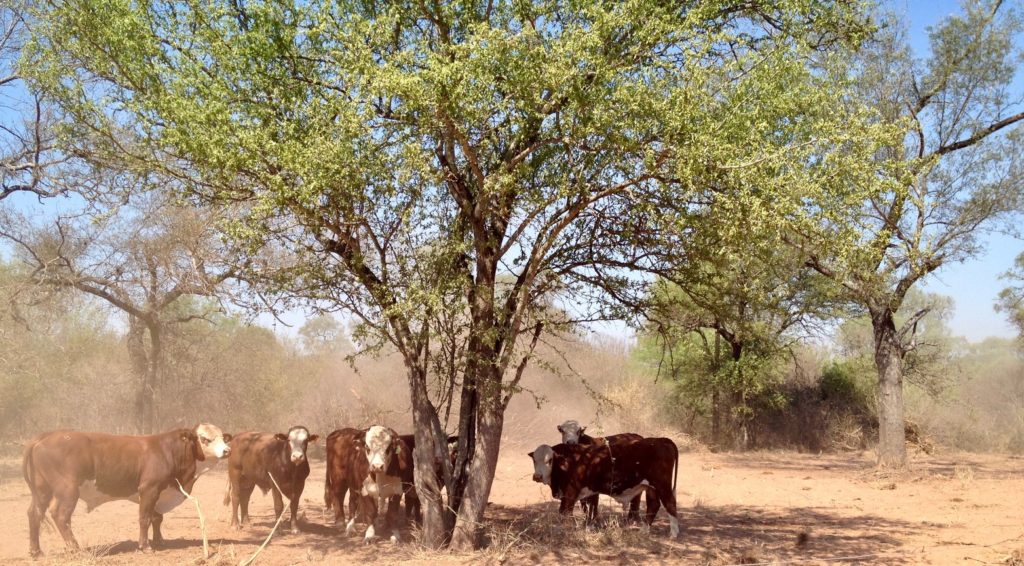
Water availability is key for the breeding and fattening activities we are performing at the farm, not only to cover the daily basic needs of the animals but to ensure dense pasture which enhance ultimately beef production. Over the last 4 years, we have registered a water deficit of around 15% compared to the annual historical average. To this aim, we are analysing the possibility to reactivate and reuse the pressure pipes of an old water tank.

Our second biggest challenge at the farm is the permanent control of the natural vegetation which is typical for the region of Salta (a formerly forest area with a subtropical highland climate). Given the size of the farm, we are working in small-sized lots using a combination of chemicals or machinery/manual clearing to maintain the land.
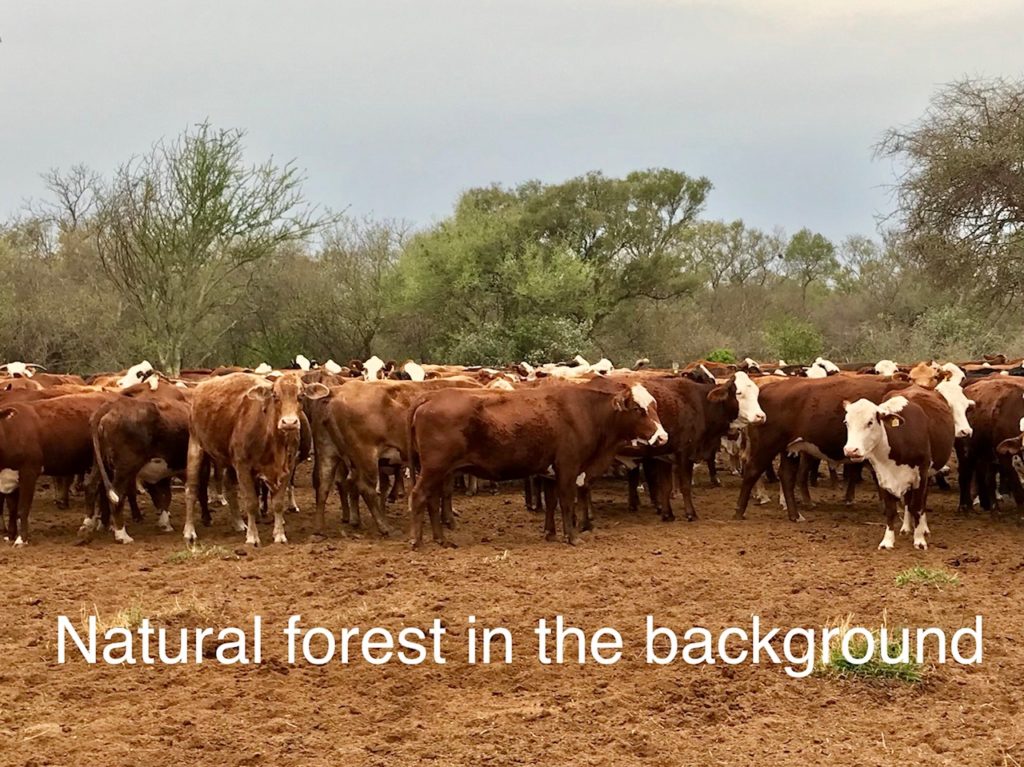

Cattle operation: We have currently over 2,800 heads of cattle at the farm and working on the increase of the density per hectare of animals. However, lack of rain and high temperature registered (35°C or more) on the previous cycle have affected pastures coverage and livestock watering (on average, we need around 60 litters of water per day and per animal).
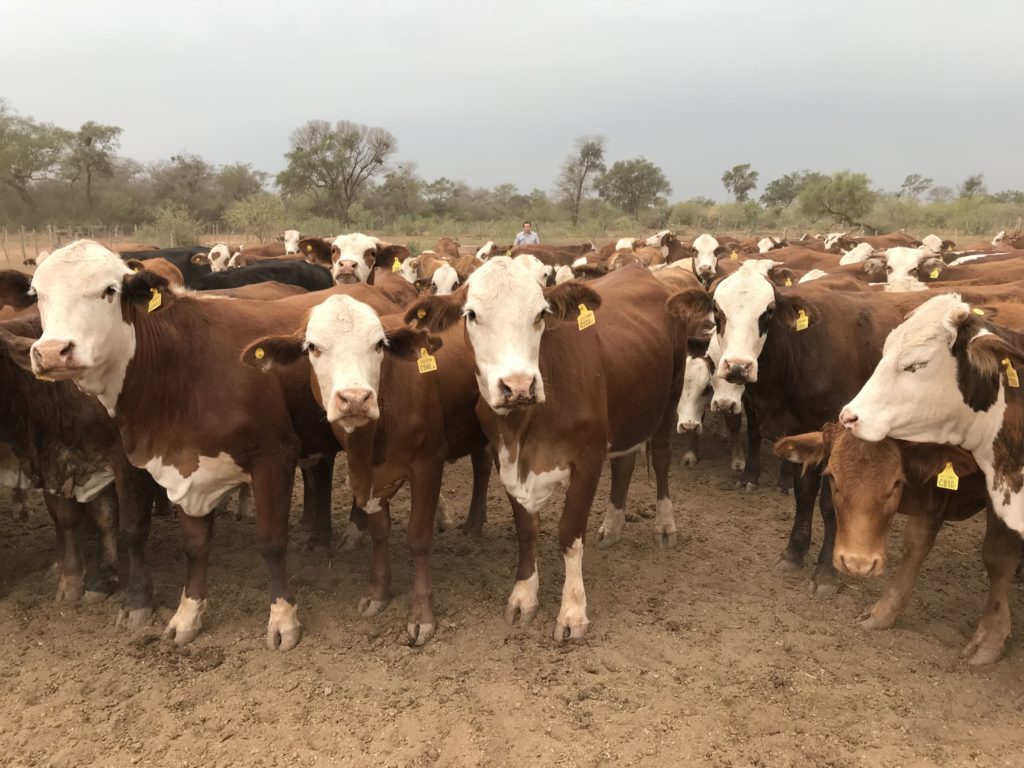
Our objectives is to have 2,000 breeding cows by keeping young female calves to increase and replace the herd of mothers, and focus on heifers breeding to achieve a 88% pregnancy ratio with 80% of weaned calves.
For this cycle, we are also planning to sow by ourselves 100 ha of corn and another 100 ha of soybean by a third party and where we are going to collect a lease rent in kind to cover protein needs of the herd. Finally, we have postponed our planned cattle sales waiting for price adjustments.


